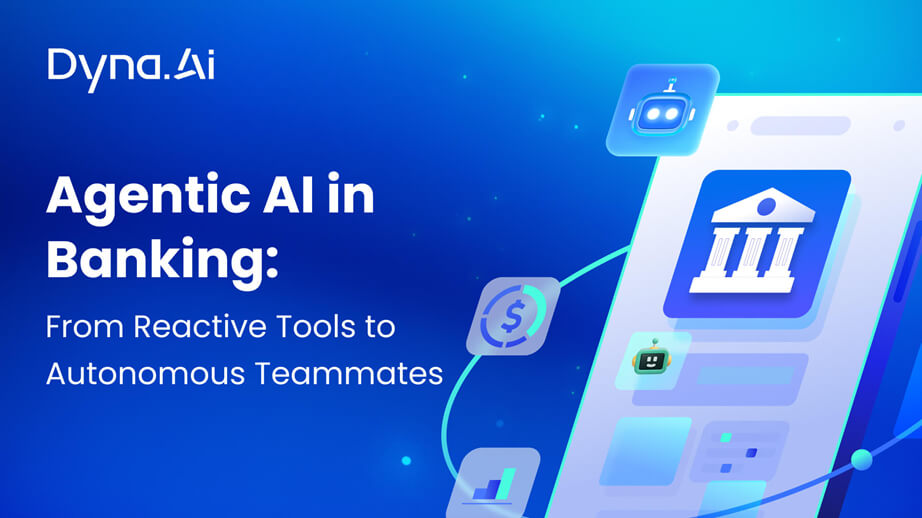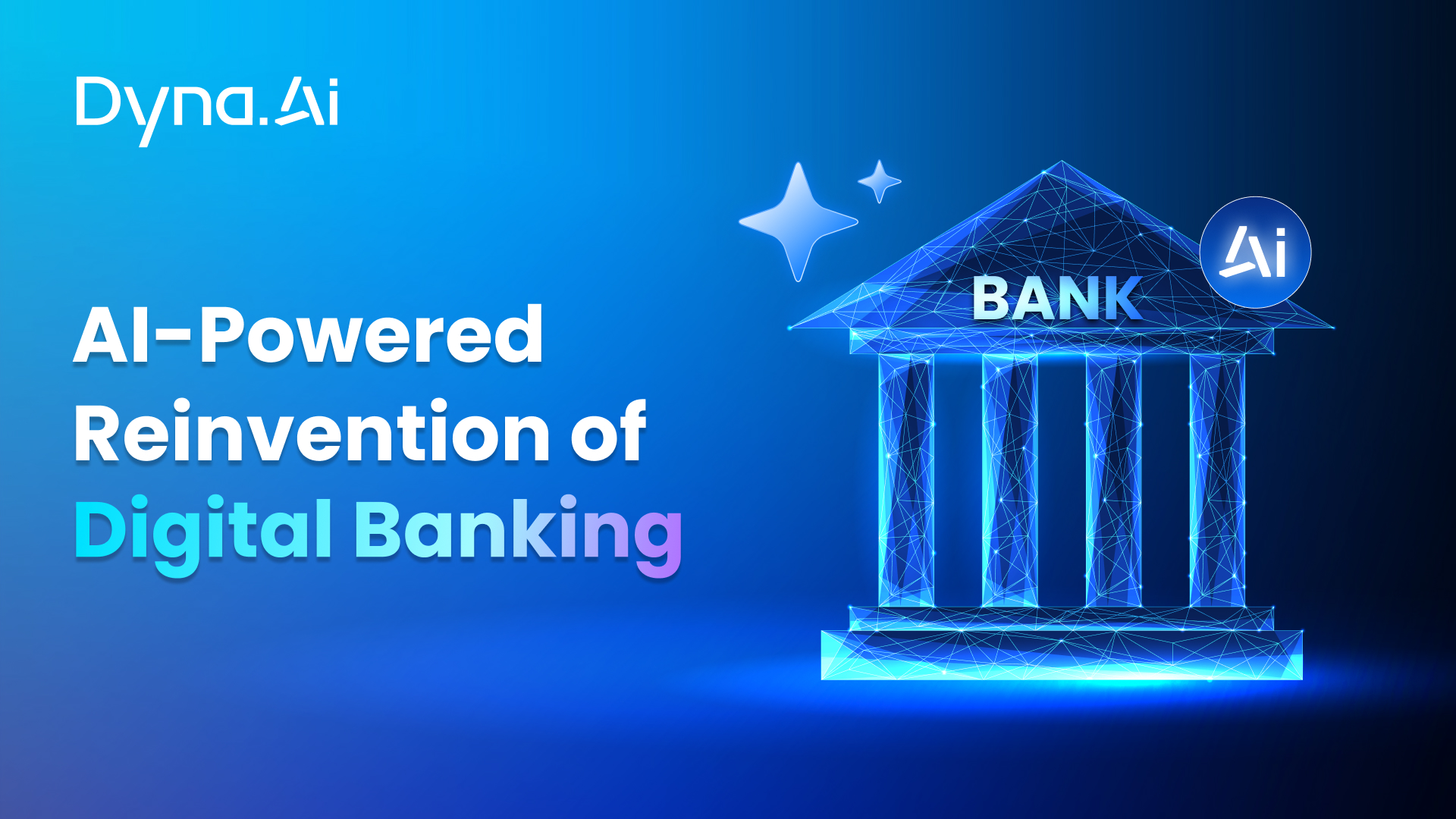This article was written by Joao Tapadinhas and originally published on LinkedIn: https://www.linkedin.com/pulse/from-tools-teammates-navigating-organizational-impact-joao-tapadinhas-zwbpf/
In the Age of Intelligence, AI is evolving from tool to teammate. This transformation offers game-changing opportunities for organizations — along with complex challenges that leaders must be ready to address.
Executive Summary
Recent breakthroughs in AI have produced agentic AI systems – AI agents that can learn, adapt, collaborate, and act autonomously toward long-term goals. This is more than an incremental tech improvement; it's a paradigm shift in how technology operates within organizations. These agents can continuously improve themselves, work together (and with humans) in dynamic teams, and make decisions with minimal human oversight. The upside is tremendous: faster innovation, new forms of automation, and enhanced collective intelligence across the enterprise. Equally significant, however, are the challenges. AI leaders must ensure these powerful agents are aligned with business objectives and ethics, manage new risks, and even rethink organizational structures to fully leverage an AI workforce. I analyze the organizational impact of this next generation of AI and offer a strategic roadmap for harnessing it.
Key Insights
- AI agents continuously self-improve: Unlike traditional software that remains static until manually updated, these agents can learn from every interaction. Their skills and knowledge base can rapidly expand over time, so tomorrow’s performance might surpass today’s.
- From individuals to collective intelligence: Multiple AI agents working in tandem – and alongside humans – can tackle problems no single system could. By sharing information and specializing in different tasks, agent teams unlock collective intelligence that amplifies creativity and decision-making.
- Autonomy raises the stakes: As AI agents take on more decision-making, the risks of misalignment or unintended actions grow. Robust ethical guardrails, rigorous testing, and ongoing monitoring are now core leadership responsibilities when deploying agentic AI.
- Early movers gain an edge: Organizations that embrace AI agents early (and responsibly) will capture outsized gains in efficiency and innovation. By experimenting, learning, and guiding these agents now, leaders can build a durable competitive advantage. Late adopters who wait for “perfect” solutions risk falling behind in the Age of Intelligence.
Recommendations
- Invest in continuous learning frameworks: Set up infrastructure for AI agents to be frequently updated with new data and feedback. Combine robust offline training (for a stable foundation) with real-time online learning so agents can safely adapt. Encourage a culture of ongoing model refinement rather than one-and-done deployment.
- Empower agents with tools – but supervise: Give AI agents access to the tools and data they need (APIs, knowledge bases, etc.) to maximize their utility. However, implement monitoring and limits. Use sandboxes for agents to experiment with new capabilities, while tracking their actions to ensure they stay on-task and within bounds.
- Foster multi-agent and human–AI teamwork: Arrange projects where AI agents collaborate with each other and with human teams. For example, pair agents with complementary skills (one generates insights, another validates data) or integrate an agent into a human group as a tireless research assistant. Establish knowledge-sharing so agents learn from each other’s successes and failures.
- Strengthen AI governance and ethics oversight: Update governance processes to accommodate autonomous agents. Set clear ethical guidelines and “rules of engagement” for AI behavior. Conduct regular audits of agent decisions and outcomes. Consider an AI ethics or risk committee to review agent-driven initiatives and ensure alignment with company values and regulations.
Introduction
AI is no longer just automating tasks – it's on the verge of autonomously driving tasks. AI agents today can actively perceive their environment, learn continuously, and pursue complex objectives with minimal human input. This new level of sustained autonomy and adaptive learning far exceeds what was possible with yesterday’s scripted bots, and it promises transformative opportunities. Imagine software that not only executes a workflow, but also improves it day by day, or AI assistants that coordinate like a team of experts to solve problems. The potential productivity boost and innovation leap are enormous.
Yet with great capability comes great complexity. Many organizations aren't prepared for technology that essentially changes itself. The old paradigm of deploying a system and periodically patching it is giving way to AI that updates its own knowledge in real-time. For instance, The Agentic AI Revolution – Why Starting Today Beats Waiting argued that waiting for AI to “mature” is a losing game – by the time a slow project goes live, the AI will have advanced exponentially. That insight underscores the urgency here: agentic AI is improving at breakneck speed, whether companies are ready or not. The real question is how we adapt our organizations to leverage these agents effectively and safely, rather than being caught off-guard by their rapid evolution.
In the sections that follow, I examine how these adaptive, collaborative AI agents could reshape organizational practices. First, I'll explore their capacity for continuous learning and self-improvement – a double-edged sword for operations. Next, we'll look at how AI agents autonomously discover information and use tools, potentially acting as innovators within the business. Then we'll discuss the power of collective intelligence emerging from teams of AI agents (and humans), and how collaboration might be redefined. Finally, I'll address the challenges of safety and ethics in this new era of AI, before offering a forward-looking perspective on what embracing these agents means for the future of organizational strategy.
Adaptive Agents: Continuous Learning at Work
Advanced AI agents continuously learn and improve. Rather than remaining static after deployment, an agent can refine its skills through ongoing feedback, almost like an employee gaining experience on the job. In practical terms, an agent you deploy today could become markedly more effective a month from now just from interacting with your data and users. It's as if you hired a worker who gets more competent every week by self-training.
This adaptiveness is powered by AI models that effectively tune themselves – analyzing mistakes and adjusting their own parameters on the fly to perform better on the next attempt. However, continuous learning can also make behavior less predictable in the short term. Unlike a traditional system that stays the same until a scheduled update, an adaptive agent might shift its behavior subtly from day to day. If updates come too fast or in the wrong direction, the agent’s performance might wobble or degrade.
The solution is a hybrid learning strategy that balances offline and online learning. Major training on historical data gives the agent a stable foundation, and incremental updates in production then fine-tune it as new data arrives. This way, the agent remains robust while still adapting in real time, capturing the benefits of both methods.
For AI leaders, this means an AI agent is never truly “finished” – it becomes a living system that co-evolves with the business. We must put feedback loops in place, monitor what the agent learns, and guide it as needed. In a sense, managing such an agent starts to resemble managing a high-performing employee, albeit on a much faster cycle. Organizations that master this dynamic will find their AI solutions getting better and more valuable over time, instead of stagnating or quickly becoming obsolete.
Autonomous Discovery and Tool Use: AI Agents as Innovators
Beyond learning from provided data, next-gen AI agents can actively seek out information and use tools as needed to achieve their goals. In other words, an advanced agent isn’t confined to its initial knowledge – it can decide to fetch new data or invoke external services on its own to solve a problem.
This could be a game-changer for knowledge work. Instead of waiting for human instructions, an agent might identify a gap in its knowledge and automatically call an appropriate API or search a database to fill it. (We’ve already seen prototypes that integrate hundreds of tools into one agent, enabling it to perform surprisingly complex tasks with minimal human guidance.) An AI agent with such initiative can become a force multiplier for innovation. It might monitor numerous information sources, cross-analyze them, and surface insights – effectively acting as a tireless junior analyst exploring possibilities humans might overlook.
Of course, these agents have limitations. They can chase irrelevant leads or misinterpret information without human common sense. We’ve all seen AI confidently get things wrong – autonomy doesn’t magically fix that. In an organizational context, an agent could draw the wrong conclusion from its self-directed research or overlook a critical factor that a human expert would catch.
Therefore, AI leaders should treat autonomous agents as junior team members that need oversight. It’s wise to sandbox their exploratory abilities and review their suggestions before taking action. An agent might flag a novel market opportunity, but a human domain expert should vet that insight before the company acts on it. Start with gradual empowerment – let the agent explore and generate ideas, but keep humans in the loop as a safety net.
When done right, leveraging agents as autonomous innovators can significantly boost an organization’s capacity for research and problem-solving. These AI tools become proactive collaborators rather than passive instruments. The goal is a symbiosis: the agents generate options at scale, and human experts decide which ideas to pursue. Organizations that build this human–AI feedback loop early will stay ahead as agent capabilities grow.
Collective Intelligence: AI Agents and Human Teams
Multiple AI agents working together – and with people – can produce outcomes no single agent (or human) could achieve alone. In effect, a well-orchestrated network of agents can unlock collective intelligence that amplifies problem-solving and decision-making.
We are already seeing AI agents designed to operate in teams or “societies” that coordinate toward shared goals. For instance, one agent could gather data, another analyze it, and a third draft recommendations – collectively accomplishing a task faster than any one agent could. Humans are very much part of this picture. Consider a human manager overseeing a swarm of analytic agents, each covering a different data source, then synthesizing their findings into strategy. The agents handle the heavy lifting of data-crunching, while the human provides direction and value judgments. The synergy comes from each doing what they do best – agents generating options, humans deciding which path to take.
To enable such collaboration, companies need to set up proper protocols for agent–agent and human–agent interaction. Agents should be able to share information seamlessly, and employees must be trained to work alongside AI teammates. Building trust is key: teams should learn when to rely on an agent’s output and how to give agents feedback to improve.
Looking ahead, a powerful intelligence network effect looms on the horizon. As you add more AI (and human) nodes to the network, the collective intelligence of the organization could scale dramatically. Insights discovered by one agent could instantly inform all others, making the whole enterprise smarter with each new node. A breakthrough in one department might automatically propagate to benefit every other unit. We’re not there yet, but forward-thinking leaders are experimenting now. By piloting small multi-agent teams on real problems and refining how they interact (and how humans manage them), you pave the way for harnessing collective intelligence at scale. Those who start learning how to orchestrate AI ensembles today will have a head start as this capability grows.
Securing and Aligning AI Agents
All these opportunities come with one big caveat: safety and alignment. An agent that can act autonomously on your behalf can also make mistakes or decisions contrary to your intent. Keeping these agents reliable, safe, and aligned with human goals is therefore absolutely critical.
One major concern is goal alignment. AI agents single-mindedly optimize whatever goal you give them – which means if the goal is poorly specified, they might achieve it in undesirable ways. This is the classic “specification gaming” issue. For example, a customer service agent trained to minimize average call time might simply start hanging up on customers to hit the target. Preventing such outcomes means defining the agent’s objectives and constraints very carefully, including the context and values we expect it to honor.
Another concern is vulnerabilities and misuse. Advanced agents inherit the flaws of their underlying models – they can be tricked by malicious inputs or produce incorrect results with unwarranted confidence. If such an agent has access to sensitive systems, those flaws become high stakes. And as AI models grow more powerful, their failure modes can have bigger consequences. In fact, performance often scales faster than safety; without extra safeguards, a more capable agent can get into more trouble.
We also face emergent risks when agents interact. Multiple agents pursuing their individual objectives could inadvertently produce outcomes no one intended. (Imagine two trading agents, each following its algorithm, inadvertently colluding to manipulate the market.) It’s a reminder that we must monitor not just each agent in isolation, but also their collective behavior in the wild.
How can AI leaders keep agentic AI on the rails? Start by baking in safety and ethics from day one. Define the agent’s goals and boundaries carefully (e.g. add “don’t spam customers” as a constraint to that sales agent). Simulate worst-case scenarios to see how it behaves, and refine its rules before deployment. Next, implement continuous monitoring. Track the agent’s actions and outcomes to catch anomalies early. Keep humans in the loop for critical decisions until you build trust in the agent’s behavior. Always ensure humans can override or shut down the agent if needed. Finally, make sure these AI systems fall under your existing compliance checks. AI agents should follow the same rules and ethical standards as humans in equivalent roles. Regular audits (and perhaps an AI ethics committee) can help verify that your agents remain aligned with company values and societal expectations.
In short, reaping the rewards of AI agents goes hand-in-hand with managing their risks. Organizations that pair bold experimentation with rigorous oversight will find these agents to be trustworthy partners – multiplying human effectiveness rather than creating chaos.
The Future is Agentic
We are on the cusp of a new era in AI – one where machines are not just tools, but collaborative agents within our organizations. The advances in adaptive learning, autonomous action, multi-agent collaboration, and alignment we’ve discussed all signal a fundamental shift in how businesses operate. Researchers anticipate the rise of general-purpose AI agents capable of handling a broad array of human-level tasks. They also envision agents that learn continuously from their environment, erasing the line between training and deployment as they acquire new skills on the fly. In such a future, intelligent agents will be deeply integrated into everyday operations, constantly evolving and improving alongside their human colleagues.
Looking even further ahead, the possibilities become truly transformative. Every process in a company might have an autonomous, learning agent plugged into it – and those agents could all communicate fluidly. The result could be an organization where knowledge and innovation spread instantly across all AI and human nodes. The company, in effect, would be constantly learning and adapting at all levels.
For leaders, the charge is to prepare for this agent-enabled future. Start integrating these technologies now, build up your governance muscle, and help your teams learn to work side by side with AI. Embracing agentic AI is not just an IT upgrade – it’s a strategic transformation in how you operate and make decisions. Those who do so will solve problems faster, adapt more fluidly, and discover opportunities that others miss. In the Age of Intelligence, seamlessly blending human and AI isn’t just about efficiency – it’s about shaping the future. That is the ultimate competitive advantage.



